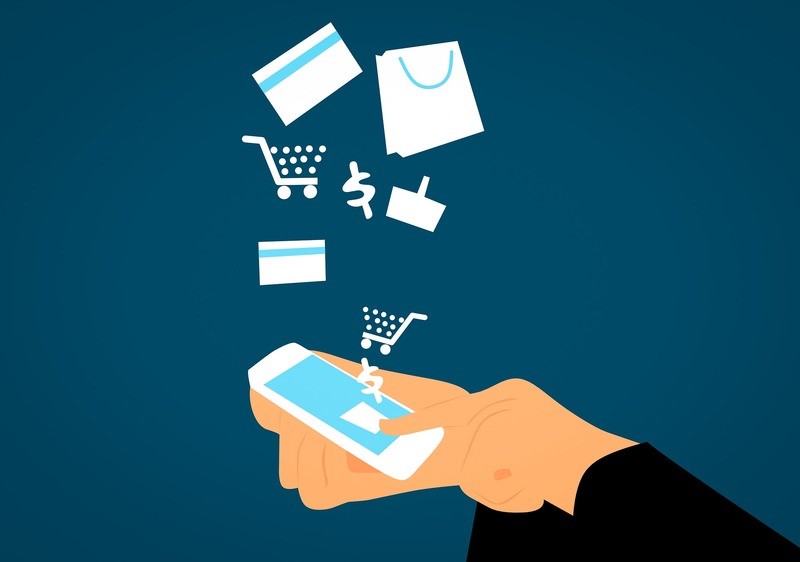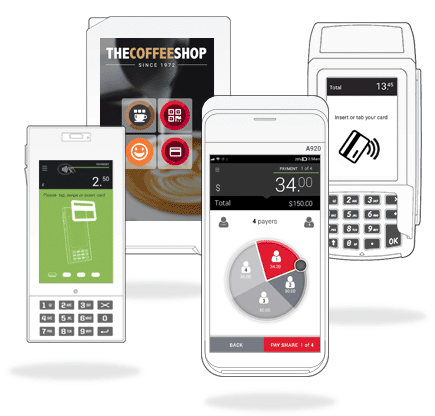App-based payment solutions to delight merchants and their customers
The world of commerce is abuzz with the need to delight customers by providing a digitally enhanced shopping experience. But most small merchants don’t have the expertise to provide their customers with an in-store digital experience, let alone make advances into omni-channel sales and service.
That’s why merchant acquirers and payment service providers (PSPs) need to connect the dots between the consumer and the growing availability of value-added apps and point of sale (POS) apps, integrated into the payment solution.
Unfortunately, merchants are being bombarded by various versions of app stores that offer little in the way of integration with the core payment process. Instead of solving merchant struggles, vendors risk overwhelming and confusing them with sheer numbers of third-party apps designed to work on a limited set of smart POS devices. If these solutions can’t enhance the merchant experience, why should anyone expect them to enhance the consumer experience?
Small merchants are facing rapidly changing demands from customers, particularly younger, digital-first shoppers, and acquirers now seek to accommodate the growing use of smartphone-based electronic wallets and figuring out how to integrate loyalty programs, promotions, and coupons. These consumers increasingly expect merchants to integrate features ranging from scheduling appointments with hair salons to ordering groceries or clothes online from their home and picking them up in stores, or ordering items in stores and having them delivered.
When ecommerce providers can deliver items the next day, or even same-day, merchants who don’t meet consumer expectations can expect to see shopper loyalty erode at an escalating rate. But smaller merchants don’t want to invest in and operate multiple platforms for different consumer-facing services – they need a smart POS system that integrates essential functions on one platform.
So, what has been the industry response so far? For the most part, it’s been to provide one or a limited set of hardware vendor specific devices that can access app stores crammed full of perhaps hundreds of apps with little or no integration between them; or worse many options by differing hardware manufacturers making it difficult for the acquire to effectively manage there merchant and device fleet.
Merchant sensory overload
Placing a smart POS device on the countertop of the typical merchant counter and providing directions on how to access an app marketplace is likely to lead to sensory overload and wasted time and effort exploring apps that aren’t suited to that particular merchant’s business. Worse, it’s likely to create frustration and resentment over having invested in a payment “solution” that falls short on delivering new consumer experiences – not exactly conducive to future upselling and cross-selling opportunities.
Some tech savvy merchants can easily go on the web and find one of many solutions to experiment with. But most are not particularly tech savvy or simply don’t have the time to explore a multitude of apps. They are looking for their traditional providers to support them with a solution bundle that addresses their pain points and meets consumer expectations.
Transitioning from sales agent to merchant consultant
This transition will require acquirers and PSPs to take on a more consultative approach to delivering merchant solutions. They need to themselves become familiar with software-based solutions and understand the pros and cons of different vendor implementations.
In particular, service providers need to be able to deliver solutions that reflect their own unique service proposition and which are tailored to the needs of particular merchants.
Who said it would be easy?
There is a growing multitude of apps and digital services that could enhance the merchant’s consumer experience and improve productivity and profitability. But very few integrate and operate well together.
So the challenge for acquirers and PSPs is how to deliver a solution that orchestrates multiple functions across the purchasing experience (e.g. payment, loyalty, delivering, inventory) while ensuring the merchant is shielded from the complexity. This entails working with a platform that helps the acquirer lay a foundation on which the merchant can continue to add additional consumer experiences. It also requires a collaborative approach to understand the unique requirements and challenges of individual merchants, and the ability to pre-select the two or three key apps that will immediately deliver value.
Those who take this more collaborative, solution-crafting approach will gain greater insights into the needs of merchants and their consumers, as well as access to more data. By understanding how consumers and merchants interact, acquirers and PSPs will be better able to guide the merchant along the digital experience pathway at the right pace. With access to more data, the solution provider will be able to apply analytics that can reveal upsell and cross-sell opportunities. Combined, this makes for a longer, stickier merchant relationship and an enhanced future revenue stream.
Delivering app-based, integrated solutions that will delight merchants and their customers will depend on acquirers and PSPs choosing the right partner that can integrate and orchestrate, under the covers, both the payment environment and value-added content and services. The initial selection process may not be easy, but the merchant and consumer satisfaction it delivers will make for a longer lasting business relationship.
About the author
William C. Nichols is vice-president and general manager, AEVI Americas. He has spent his career in fintech with experience in strategic marketing, sales, operational leadership and new product initiatives in the highly competitive payment industry both in the US and internationally.
Sponsored insights by AEVI













































